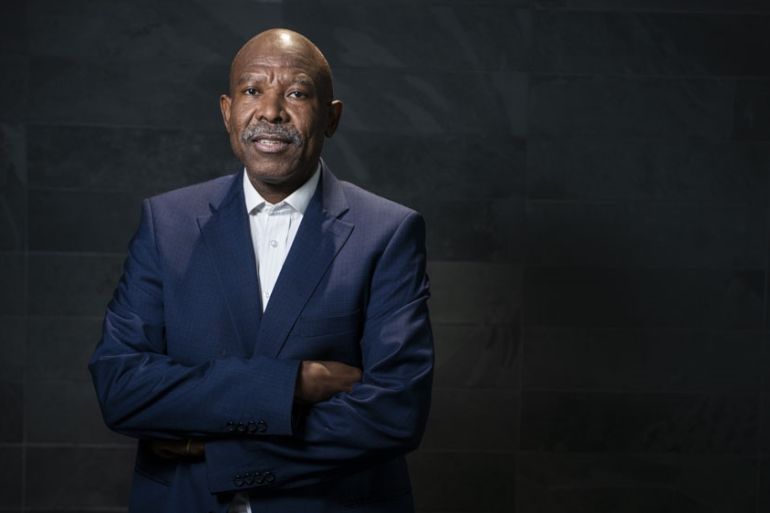South Africa may avoid Moody’s cut with reforms: Kganyago
Moody’s has urged government to rein in spending, issued warnings over support for Eskom.

South African government-bond yields could drop and the nation may hang on to its last investment-grade credit rating if policy makers implement the necessary reforms, central bank Governor Lesetja Kganyago said.
Moody’s Investors Service is scheduled to deliver its latest assessment of South Africa’s credit rating on Nov. 1.
Keep reading
list of 4 itemsChina’s economy beats expectations, growing 5.3 percent in first quarter
Inside the pressures facing Quebec’s billion-dollar maple syrup industry
Manipur’s BJP CM inflamed conflict: Assam Rifles report on India violence
It has the country on a stable outlook, but government borrowing has increased to help keep power utility Eskom Holdings SOC Ltd. afloat, economic growth has slowed and business confidence is near the lowest in more than three decades.
“South Africa’s credit rating is in the hands of South African policy makers,” Kganyago said in an interview with Bloomberg Television at the annual meetings of the International Monetary Fund and World Bank in Washington on Thursday.
“South African policy makers know exactly what must be implemented so that Moody’s do not venture” to a downgrade, he said.
Moody’s has urged the government to rein in spending and warned that the additional support announced for Eskom in July was “credit negative.”
“If we do the things that Moody’s raised as credit concerns then we should not be worried about a downgrade,” Kganyago said.
“Based on global financing conditions, South Africa’s government bond yields should be lower than they are. If we do the right things, they will reprice.”
The yield on South Africa’s 10-year debt is higher than Russia’s, which has a similar Baa3 rating with Moody’s. It’s also more than Brazil’s, rated two levels lower.
While the central bank usually refrains from commenting on fiscal policy, Kganyago and his Monetary Policy Committee have over the past year become more vocal on the urgent need for reforms, especially amid suggestions that the economy should be boosted by cutting interest rates.
The economic policy paper that the National Treasury released in August, which contains a package of suggested reforms to boost growth, is a “welcome development,” Kganyago said.
“At the very least, it had enabled South Africa to frame the conversation about what’s needed.”
Eskom has amassed 450 billion rand ($30 billion) of debt and relies on state bailouts to remain solvent. It’s battled to meet demand for electricity because most of its plants are old and have been poorly maintained. The utility started implementing rolling blackouts this week.
The central bank is assessing the risks Eskom poses to South Africa’s economic growth and financial stability, Kganyago said.
If Eskom is unable to meet electricity demand – even at the current low rate of expansion in gross domestic product – it could become even more constrained if growth accelerates, he said.
That’s why it’s important that the Treasury paper talks about increasing generation capacity, he said.
Central bank stress tests have found Eskom’s debt is distributed is a way that wouldn’t pose a systemic risk to the financial system, he said.